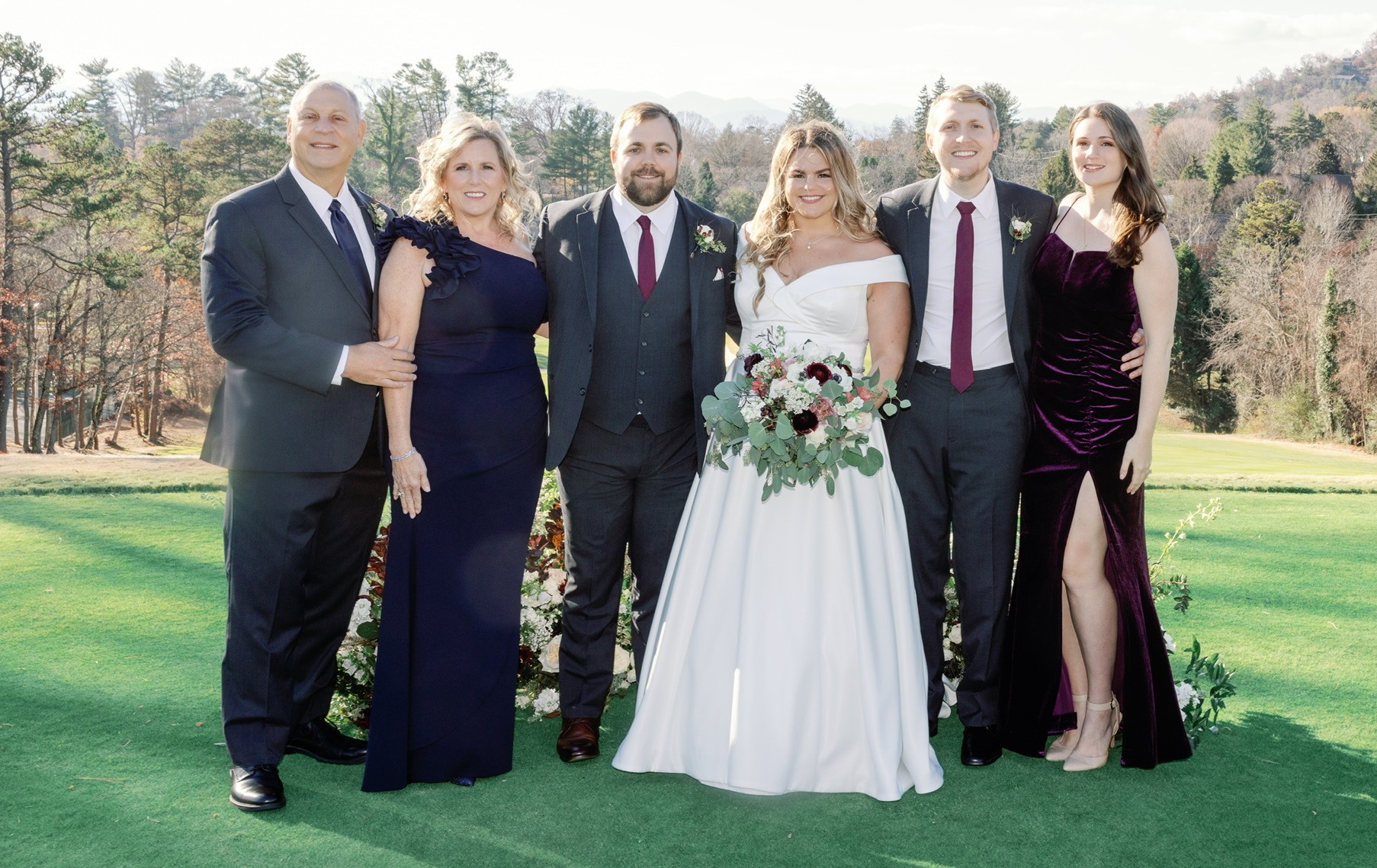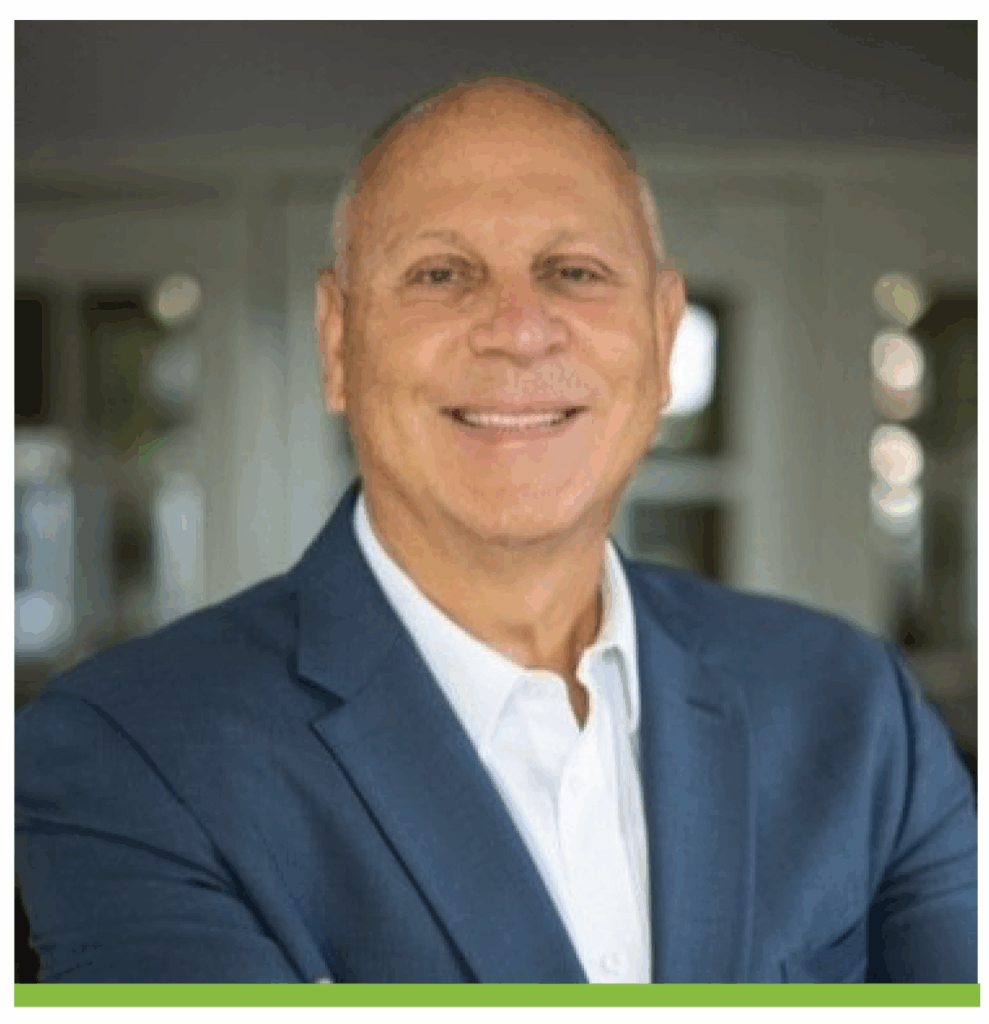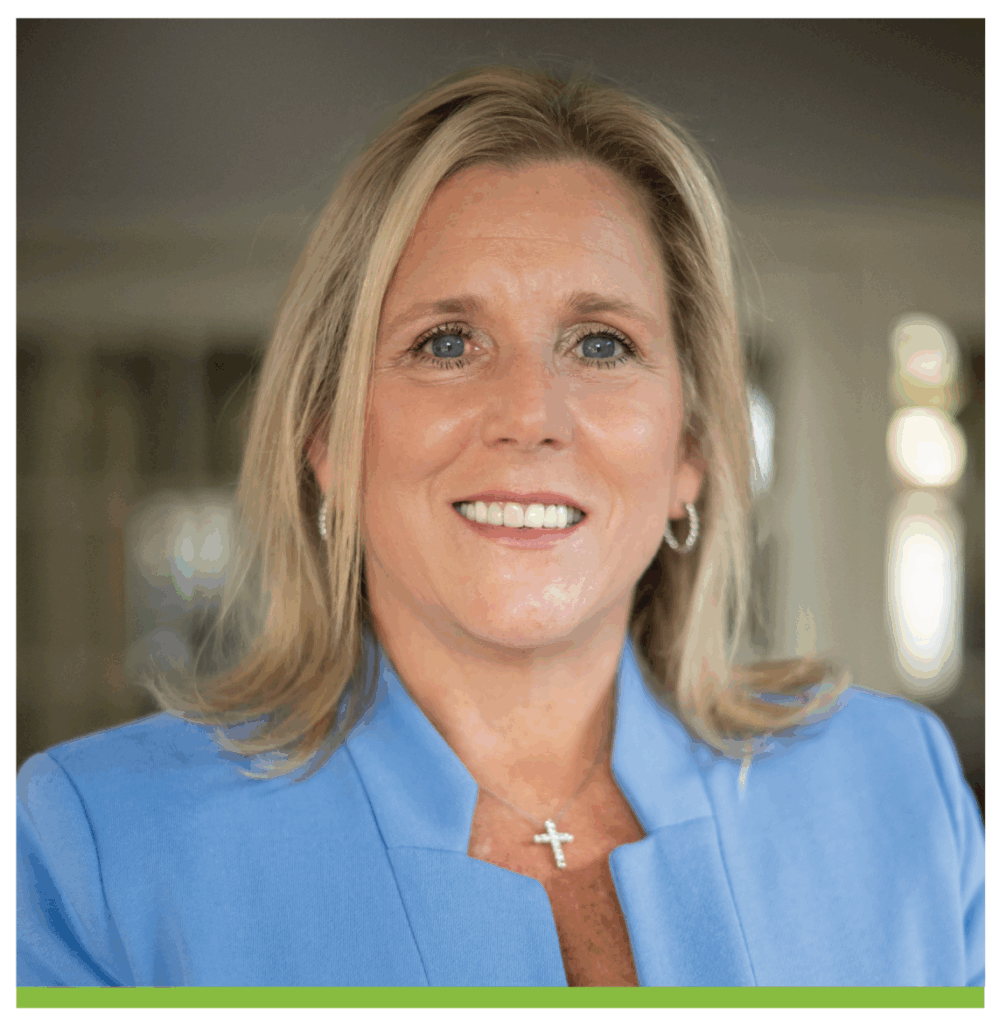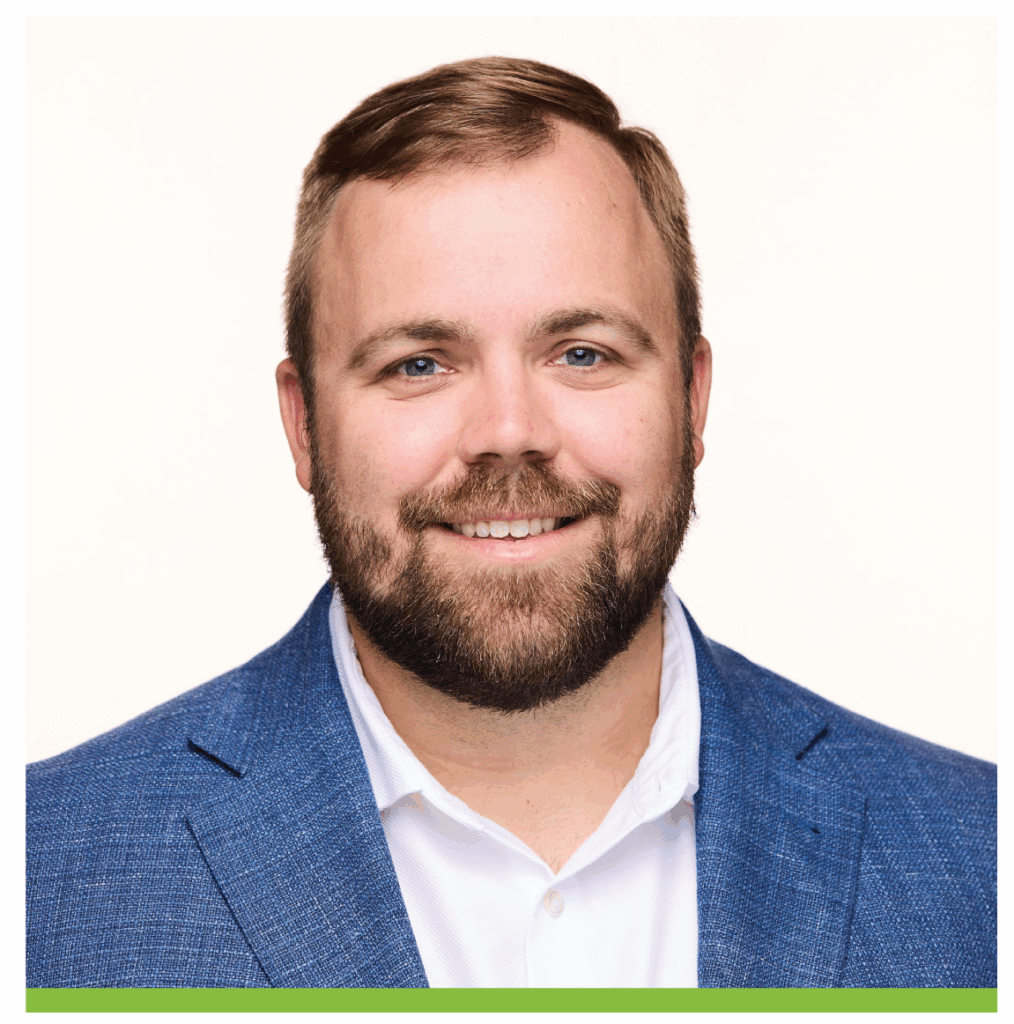Telehealth Updates. Telehealth has been an important flexibility enabling many senior living residents and communities to maintain better access to healthcare as well as reducing transportation and travel costs. Some senior housing residents have seen reduced telehealth access since broad waivers expired on September 30, 2025. This may require rescheduling visits to in-person until a federal budget is reached. It is important to note that telehealth coverage remains for residents who receive care under an Accountable Care Organization (ACO), for those receiving mental health services, for visits under commercial plans (including Medicare Advantage plans), and residents in nursing homes located in eligible rural or underserved areas. For further details, please review the CMS Telehealth website. To learn more about rural or underserved status, please see the Medicare Telehealth Eligibility Analyzer.
Medicare Advantage in 2026. During the Medicare Advantage annual open enrollment, running from October 15th to December 7th, senior housing residents can switch plans or adjust existing coverage. Overall, plans are expected to have stable costs even as the total number of plans available has been reduced. As open enrollment occurs, senior housing leaders considering how to support residents in navigating plan options can ensure they access benefits that are changing, like chronic care management, wellness programs, and in-home support, all of which can enhance resident satisfaction and improve health outcomes. Additionally, assessing marketplace updates and resident election changes can inform and better support healthcare referrals and extend resident stays. To explore 2026 Medicare Advantage Plan options, review the Plan Compare website.
Recent VBC Connections and Events. Strategic insights from leading organizations, innovators and teams were featured at both the 2nd Annual VBC Workshop in Atlanta, Georgia, and the Annual National Association of Accountable Care Organizations (NAACOS) Fall Conference in Washington, DC. Senior housing leaders, innovators, and ACO partners remain at the forefront of some of the most successful collaborations accomplishing the quadruple aim, building the future and bringing care home for seniors. Look out for new case studies and insights coming soon from NIC to advance planning, action and innovation. Also, if you have not yet accessed NIC’s newly updated web page devoted to these important topics, we encourage readers to visit NIC’s Healthcare and Wellness webpage to find podcasts and other important resources aimed at advancing the connections between senior housing and healthcare.
Upcoming Opportunities. Register now for an upcoming NIC webinar, Partnering with ACOs: Understanding the Business Case for Value-Based Care in Senior Housing. Speakers from Presbyterian Homes, LCS, and NIC will cover action steps and tools for senior housing leaders to gain insight, calculate value, and operationalize strategies to maximize partnerships with ACOs and MA plans.







